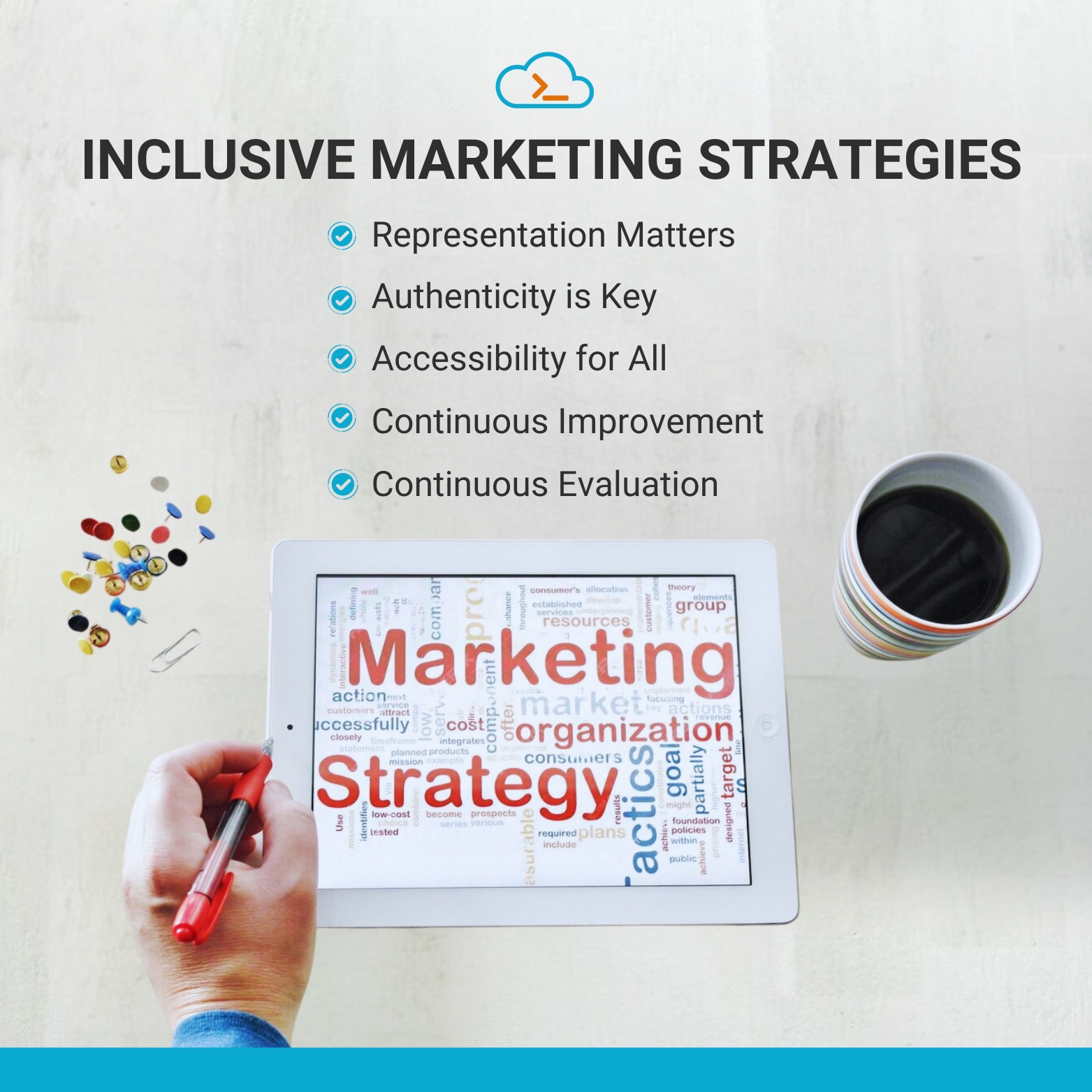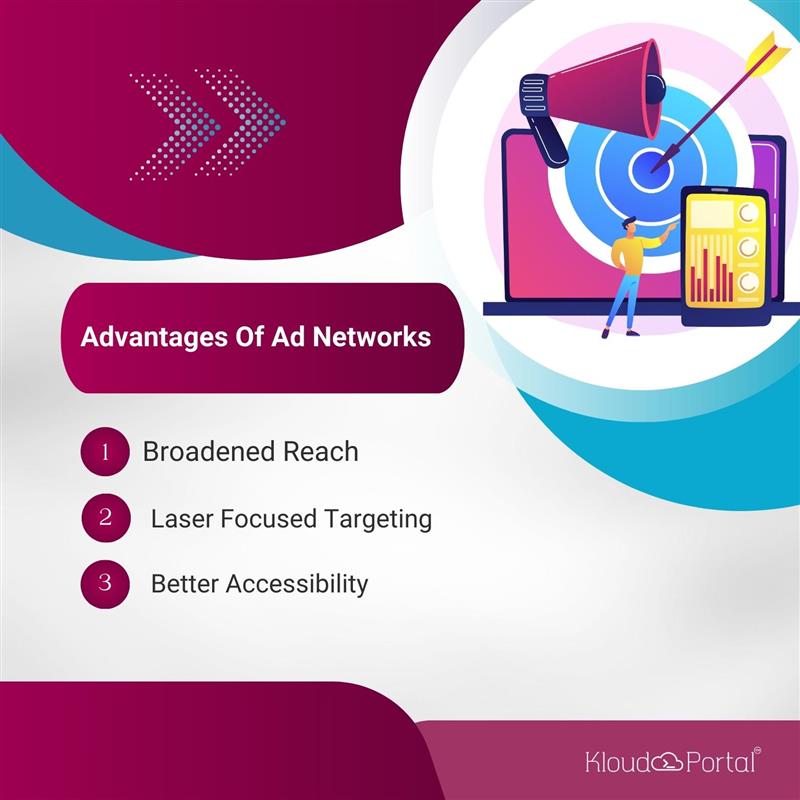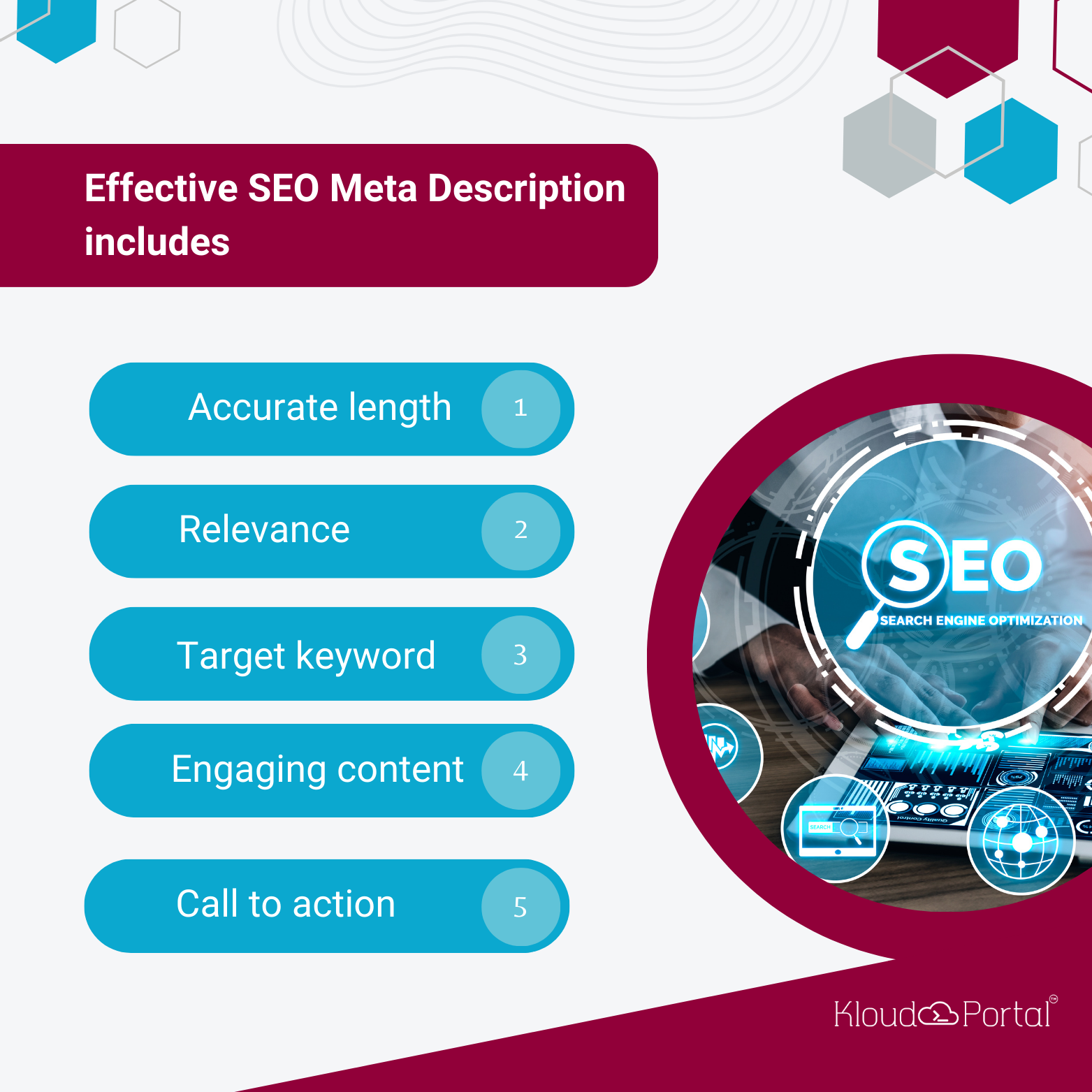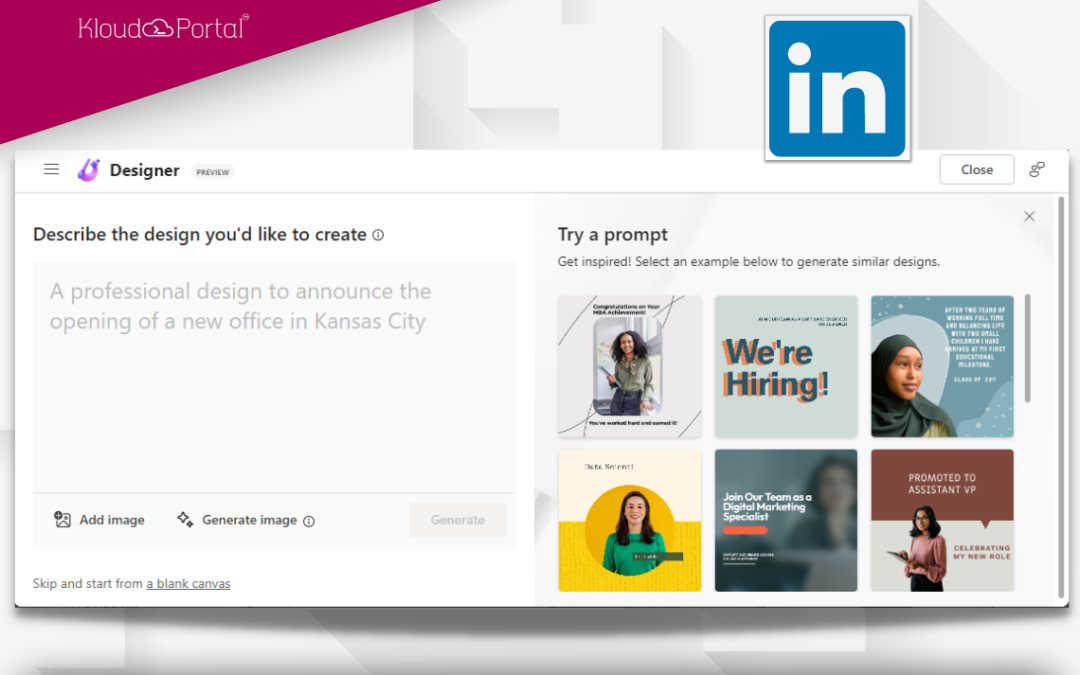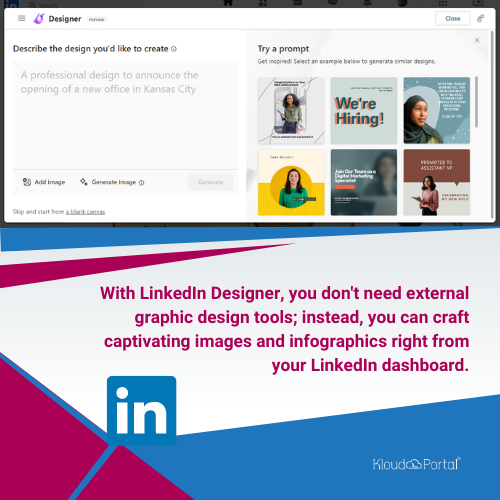
Mastering Google Search Operators for Digital Marketing and SEO
What We Cover In This Blog?
Introduction to Google Search Operators
Have you ever felt like finding specific information on Google is like searching for a needle in a haystack? Google search operators are the magnets that help you pinpoint that needle effortlessly. These powerful tools enable you to perform targeted searches, making your digital marketing and SEO tasks more efficient and effective.
Basic Operators
1. Site Operator
Usage: Limits results to a specific website.
Example: Suppose you want to find all pages on KloudPortal.com related to SEO:
site: kloudportal.com SEO
This query will return all pages from KloudPortal.com that mention SEO.
2. Intitle Operator
Usage: Searches for keywords in the page title
Example: To find pages with titles containing the phrase “digital marketing tips”:
intitle: “digital marketing tips” site:kloudportal.com
This search will list pages on KloudPortal.com where “digital marketing tips” appear in the title.
3. Inurl Operator
Usage: Finds URLs containing specific keywords.
Example: If you’re interested in pages related to “content marketing” that have “guide” in their URLs on KloudPortal.com:
inurl: content marketing site: kloudportal.com
This search will show URLs from KloudPortal.com that include both “content marketing” and “guide.”
4. Filetype Operator
Usage: Limits results to specific file types.
Example: To find PDF documents about SEO on KloudPortal.com:
filetype:pdf SEO site:kloudportal.com
This query will display PDF files on KloudPortal.com that contain an “SEO guide.”
5. Related Operator
Usage: Shows sites related to a given domain.
Example: To explore websites related to KloudPortal.com:
related:kloudportal.com
This search will provide a list of sites Google considers similar to KloudPortal.com.
Advanced Operators
6. OR Operator
Usage: Searches for either one of the words.
Example: If you’re looking for content about SEO or digital marketing on KloudPortal.com:
SEO OR Digital marketing site:kloudportal.com
This query will retrieve pages from KloudPortal.com that mention either “SEO” or “digital marketing.”
7. Minus Operator
Usage: Excludes certain words from results.
Example: To find articles about SEO tips on KloudPortal.com but exclude beginner-level content:
SEO tips -beginners site:kloudportal.com
This search will filter out pages on KloudPortal.com that include the word “beginners.”

8. Asterisk Operator
Usage: Acts as a wildcard for any word.
Example: If you’re looking for various forms of content marketing tips on KloudPortal.com:
Content * tips site:kloudportal.com
This query will yield results on KloudPortal.com that fill in the wildcard with different words, such as “content creation tips,” “content strategy tips,” etc.
Specialized Operators
9. Cache Operator
Usage: Displays the cached version of a webpage.
Example: To view Google’s cached version of a specific page on KloudPortal.com:
Cache:https://www.kloudportal.com/page
It will show the cached snapshot Google has stored for that page on KloudPortal.com.
10. Link Operator
Usage: Find pages that are linked to a specific URL.
Example: If you want to see which pages link to KloudPortal.com:
link:kloudportal.com
This search will list web pages that have links pointing to KloudPortal.com.
11. Allintitle Operator
Usage: Searches for multiple words in the page title.
Example: To find pages on KloudPortal.com where both “SEO” and “guide” appear in the title:
allintitle: SEO guide site:kloudportal.com
This query will return pages on KloudPortal.com with titles that include both “SEO” and “guide.”
12. Allinurl Operator
Usage: Searches for multiple words in the URL.
Example: If you’re looking for URLs on KloudPortal.com that include both “digital marketing” and “strategy”:
allinurl: digital marketing strategy site:kloudportal.com
This search will show URLs on KloudPortal.com that contain both “digital marketing” and “strategy” in their address.
Special Interest Operators
13. Stocks Operator
Usage: Shows stock information.
Example: To check the current stock price of KloudPortal.com (hypothetical):
Stocks: Apple
It will display the current trading information for KloudPortal.com (if it were publicly traded).

14. Weather Operator
Usage: Shows weather information.
Example: To check the weather forecast for the location of KloudPortal.com (hypothetical):
Weather: Hyderabad
This search will provide current weather conditions and forecasts for the location of KloudPortal.com.

Conclusion
Mastering these Google search operators empowers digital marketers and SEO professionals to conduct more targeted searches, gather competitive intelligence, and optimize strategies effectively. By using these operators creatively and in combination, you can refine your search queries to uncover valuable insights that contribute to your online success. Whether you’re researching keywords, analyzing backlinks, or monitoring industry trends, these operators are indispensable tools in your digital toolkit.
By mastering Google search operators, you can access valuable information to gain a competitive edge in digital marketing and SEO. Whether you are a novice or an experienced professional, these tools can streamline your research and provide valuable insights that drive success.
Frequently Asked Questions
1. How can Google search operators help in SEO?
Google search operators can help SEO professionals by allowing them to perform targeted searches, analyze competitor websites, find specific types of content, and uncover backlink opportunities.
2. What is the difference between the “site:” and “related:” operators?
The “site:” operator limits search results to a specific website, while the “related:” operator finds websites that are similar to the one specified.
3. Can I combine multiple Google search operators in one query?
You can combine multiple search operators to narrow down your search results further. For example, you can use “site: “in title:” and “filetype:” together to find specific documents on a particular site.
4. How do I use the “cache:” operator effectively?
The “cache:” operator is useful for viewing a webpage as it appeared the last time Google crawled it. It can be helpful for seeing recent changes or retrieving content that is no longer available on the live site.
5. What are some practical examples of using the “OR” operator?
The “OR” operator is useful when you want to find pages that mention either of two terms. For example, searching for “SEO OR digital marketing site.com” will return pages that mention either “SEO” or “digital marketing” on example.com.




